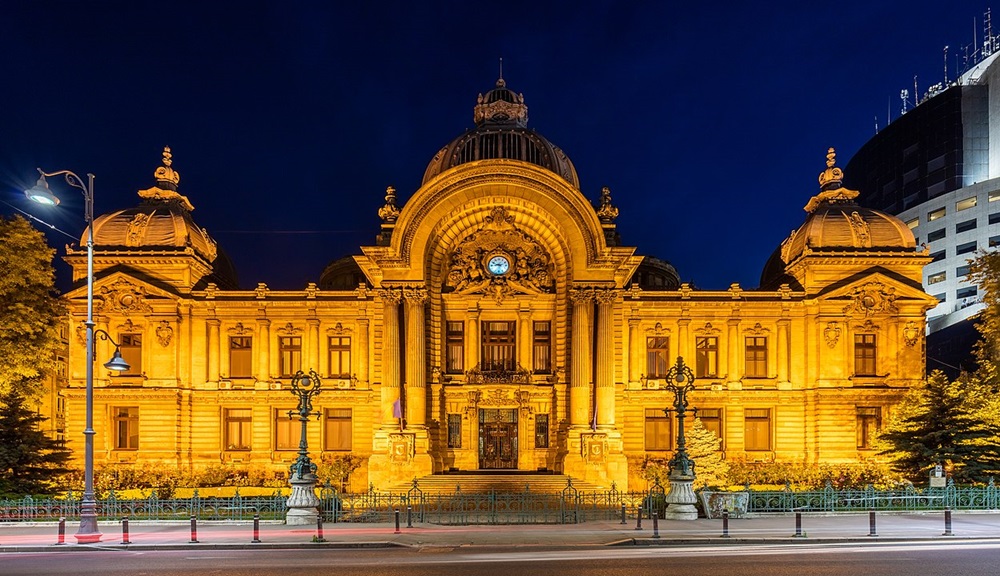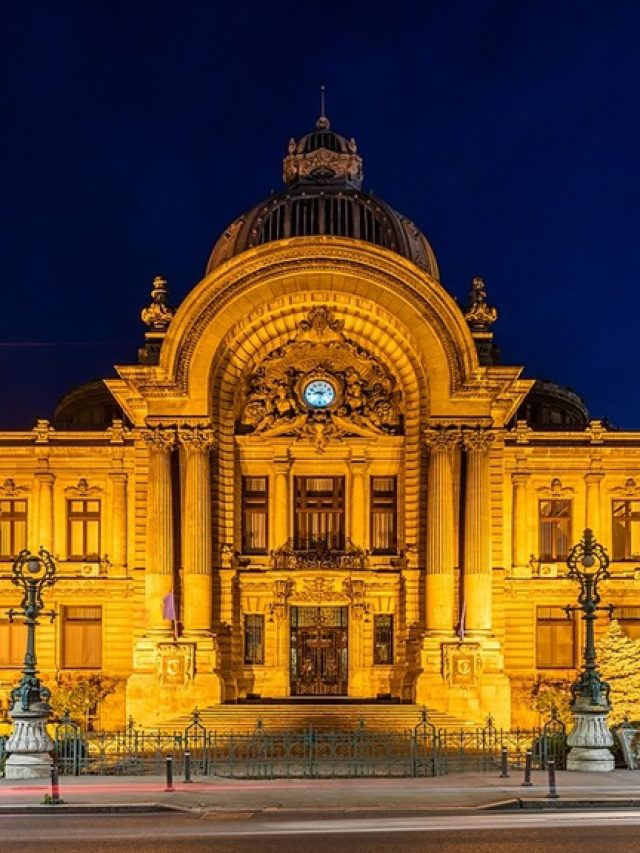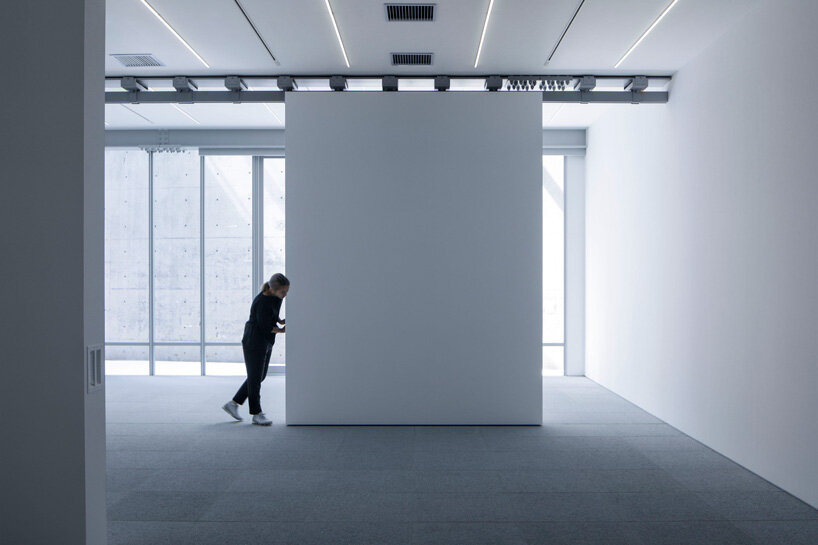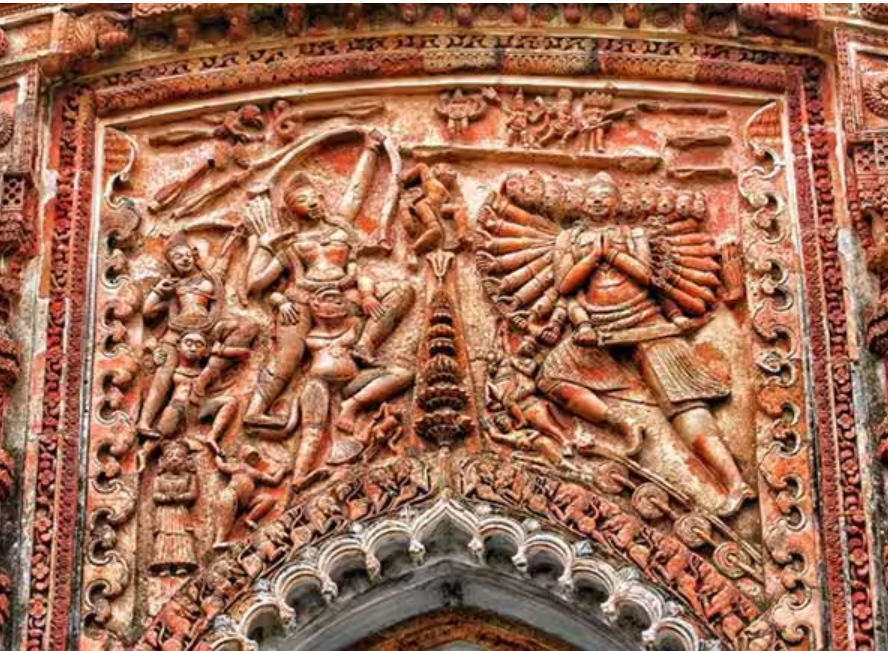The École des Beaux-Arts in Paris is where the luxury, symmetry, and ornate decoration that define Beaux-Arts architecture first emerged. The mid-19th century saw the emergence of this architectural style, which peaked in the late 19th and early 20th centuries. Beaux-Arts architecture, which fused Renaissance and Baroque influences with ancient Greek and Roman architectural components, represented cultural distinction and aspiration. Its influence was especially significant in the US, where it helped create many famous public buildings and urban settings. Many modern architects continue to be influenced by the grandeur and symmetry of Beaux-Arts architecture, which is still evident in contemporary design.
The Académie Royale de Peinture et de Sculpture, which became the École des Beaux-Arts in 1648, was instrumental in creating the Beaux-Arts style. The establishment developed into France’s top architecture and art school by the 19th century. It strongly emphasised a demanding curriculum that blended academic knowledge with real-world instruction. In addition to studying classical antiquities, students learnt to draw and compose well and create intricate, well-thought-out patterns. Classical Greek and Roman architecture was a significant influence on Beaux-Arts architecture. Columns, pediments, and domes were essential components of the style. Ancient architectural principles were revered, as evidenced by the emphasis on symmetry, proportion, and order. A rich and varied aesthetic was produced by adding Renaissance and Baroque elements to this classical base.
In the late 19th century, the United States was a favourable place for Beaux-Arts architecture. The 1893 World’s Columbian Exposition in Chicago was a turning point, which included magnificent Beaux-Arts structures that captivated the public’s interest. American architects like Richard Morris Hunt and Charles McKim, who attended the École des Beaux-Arts, introduced the style back to the United States. This luxurious architectural style was well-suited to the country’s rising riches and aspirations.
Beaux-Arts structures are frequently distinguished by their opulent size and commanding presence. These buildings were intended to dazzle and exude a sense of majesty and strength. Libraries, railroad stations, museums, and public buildings were some of the most prevalent locations for Beaux-Arts architecture. Two essential elements of Beaux-Arts design are symmetry and order. Most facades are harmonious and well-balanced, with a great entryway frequently emphasising the central axis. The interiors also used axial planning, with spaces arranged rationally and neatly.
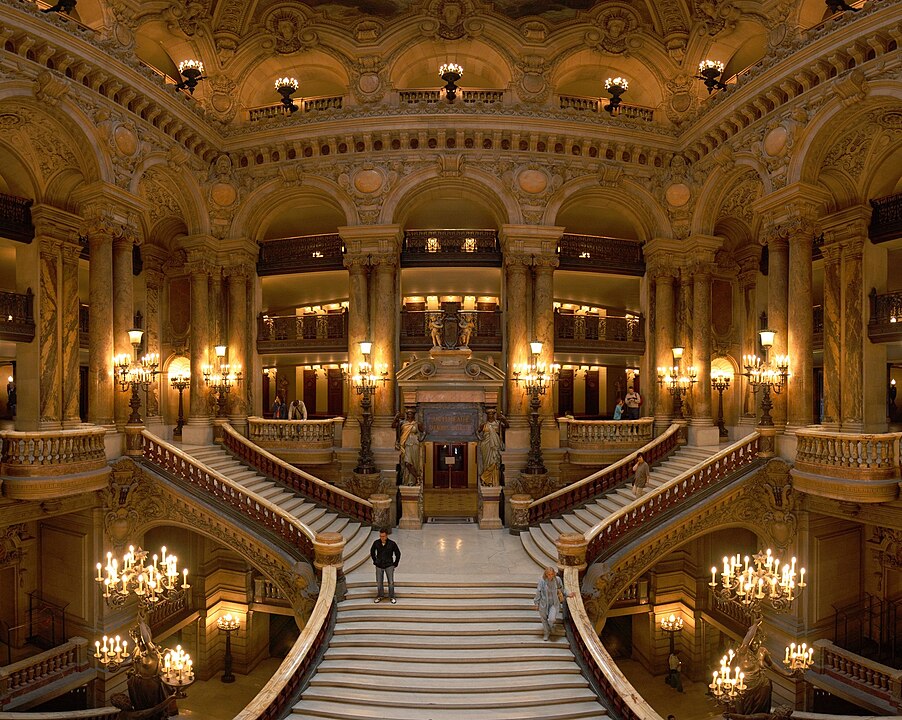
Beaux-Arts architecture is richly and intricately decorated with sculptural elements such as medallions, swags, and garlands ornament facades. Classical themes commonly include fluted columns, Corinthian capitals, and acanthus leaves. The interiors are just as elaborate, with elaborate murals, massive staircases, and exquisite plasterwork. Numerous classical aspects are included in Beaux-Arts architecture. There is significant use of columns and pilasters, frequently in the Corinthian or Composite order; pediments, both segmental and triangular, crown windows and entrances. Many Beaux-Arts buildings gain vertical focus and grandeur by adding domes and cupolas.
The smooth blending of art and architecture is a defining characteristic of Beaux-Arts design. Murals, sculptures, and bas-reliefs are all essential components of the architectural composition rather than just being ornamental. This all-encompassing strategy reflects the education at the École des Beaux-Arts, where students were encouraged to view structures as artistic creations. Beaux-Arts design greatly influenced American architecture, especially in the late 19th and early 20th centuries. Many structures adopted the style, including public buildings, private homes, and cultural institutions. The United States Capitol expansions, the New York Public Library, and the Metropolitan Museum of Art are notable examples.
Urban planning was also impacted by Beaux-Arts ideas, which helped fuel the American City Beautiful movement. This late 19th-century movement aimed to infuse urban settings with grandeur and attractiveness. Beaux-Arts-inspired civic buildings, public squares, and magnificent boulevards sprung up in cities like San Francisco, Chicago, and Washington, D.C. The allure of Beaux-Arts architecture has persisted even after modernist architecture gained popularity in the middle of the 20th century. Its emphasis on luxury, structure, and decoration never fails to enthral the general people and architects. Numerous Beaux-Arts structures have been painstakingly conserved and refurbished to serve as significant historical and cultural landmarks.
Global architecture education has been influenced by the École des Beaux-Arts’ educational paradigm for a long time. The focus has impacted many nations’ architectural curricula on rigorous training, classical studies, and combining art and architecture. The educational ideas embodied in the Beaux-Arts heritage have not changed despite the evolution of architectural forms.
Examples of Beaux-Arts Architecture
Charles Garnier created the Palais Garnier, among the most famous examples of Beaux-Arts architecture. It was finished in 1875. This lavish opera house has an extravagant façade with Corinthian columns, an ornate interior, and luxurious décor. The magnificence and aesthetic coherence that define the Beaux-Arts style are perfectly embodied in the Palais Garnier.
Grand Central Terminal is a famous example of Beaux-Arts architecture in the United States. It was finished in 1913. The terminal, created by the architectural firms Reed and Stem and Warren and Wetmore, has a large concourse with elaborate details, a cosmic ceiling mural, and gigantic arches. Grand Central Terminal is still a hive of activity and evidence of the durability of Beaux-Arts architecture.
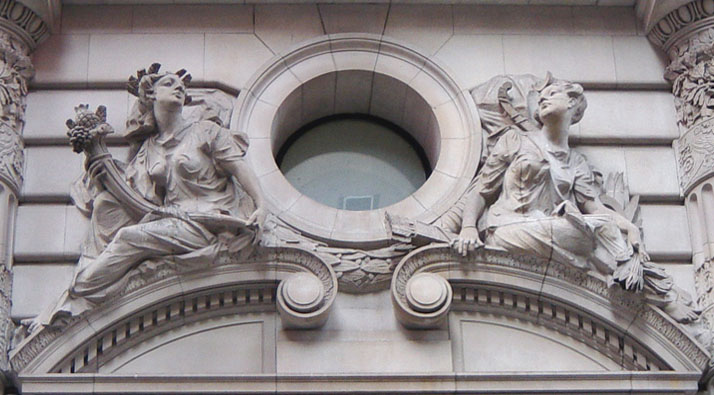
Charles Girault’s Petit Palais, finished for the 1900 Exposition Universelle, is another noteworthy example of Beaux-Arts building design. This museum has a domed central pavilion and a spectacular entrance surrounded by Corinthian columns. The interior is just as stunning, with sweeping staircases, ornate plasterwork, and a central courtyard garden.
Beaux-Arts Modernity
The Ecole des Beaux-Arts’ teachings are rooted in the French tradition of academic architecture, which emerged in the eighteenth century and persisted into the nineteenth century with no significant changes to its core. The Concours du Grand Prix de Rome designs were the most esteemed examples of this tradition at the Ecole. The winner of this annual competition was rewarded with five years of study in Rome. The Grand Prix tournaments and the Ecole were reorganised between 1720 and 1820 to take on its nineteenth-century configuration.
Over nearly a hundred years, composition became the cornerstone of academic design education and the yardstick by which student progress was assessed. As the idea evolved, composition came to refer to the concept of the structure as a three-dimensional entity through which one mentally ‘walked’ as one designed. In this case, composition meant joining several elements into a cohesive whole, exterior volumes and corresponding inner spaces. Under the finalised Ecole study plan, students progressed through monthly competitions that assessed their compositional skills and ability to draw or fully render a project for a particular program.
The Ecole considered the plan the essential foundation for a composition that works, and their understanding of the plan called for the arrangement of outer masses and inner spaces around distinct main and minor axes. It was a planning that could clarify individual buildings’ characteristics and how they relate to one another in the urban setting.
Conclusion
The height of architectural magnificence and creative fusion is found in Beaux-Arts architecture, which has its roots in the École des Beaux-Arts in Paris. In the late 19th and early 20th centuries, its emphasis on classical principles, ornate decoration, and enormous scale symbolised civic and cultural pride. The impact of Beaux-Arts architecture was not limited to France; it shaped urban environments and architectural legacies across the globe. The preservation and appreciation of Beaux-Arts architecture’s famous structures, which never cease to enthral and inspire, is a testament to the style’s continuing popularity.

